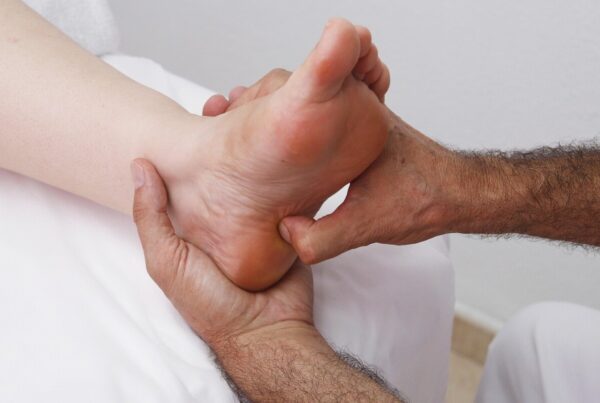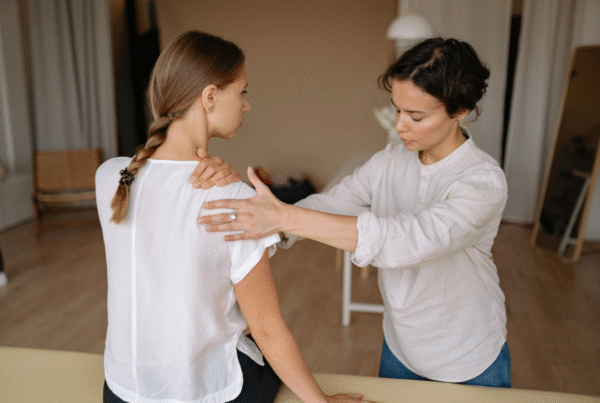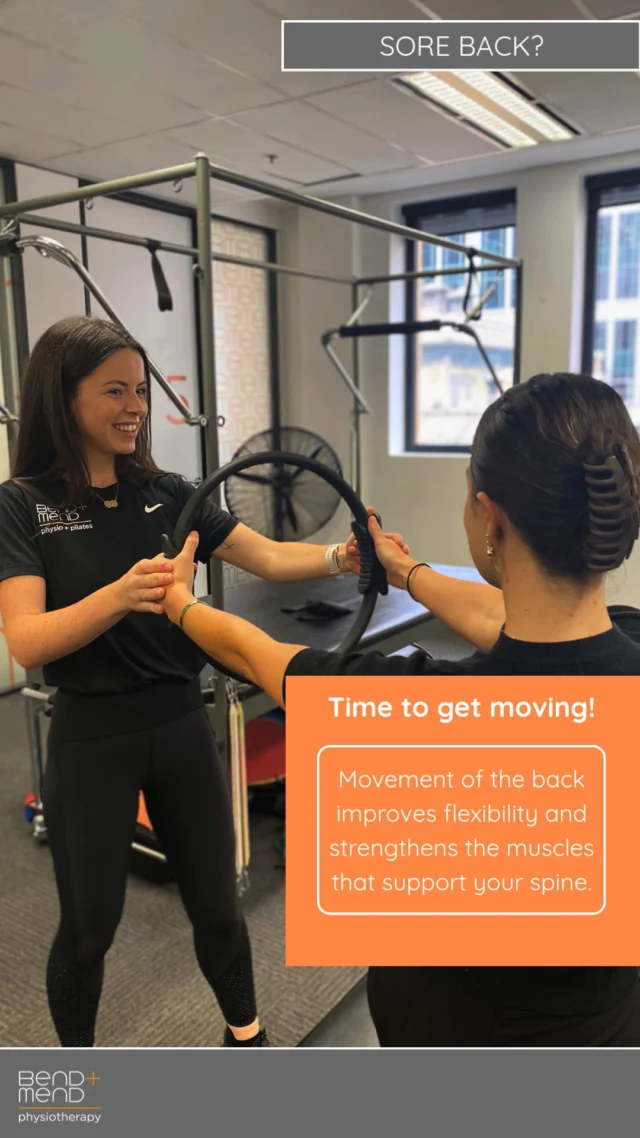What is it?
De Quervain’s tenosynovitis is a painful condition affecting the tendons on the thumb side of the wrist. If you have De Quervain’s tensosynovitis, you will probably feel pain when you turn your wrist, grasp anything or make a fist.
Although the exact cause of De Quervain’s tenosynovitis isn’t known, any activity that relies on repetitive hand or wrist movement – such as working in the garden, playing golf or racket sports, or lifting a baby – can make it worse.
What are the symptoms?
Symptoms of De Quervain’s tenosynovitis include:
- Pain near the base of the thumb
- Swelling near the base of the thumb
- Difficulty moving the thumb and wrist when doing something that involves grasping or pinching
- A ‘sticking’ or ‘stop-and-go’ sensation in the thumb when moving it
If the condition goes too long without treatment, the pain may spread farther into the thumb or forearm or both. Moving the thumb or wrist may make the pain worse.
What are the causes?
De Quervain’s tenosynovitis affects the two tendons on the thumb side of the wrist. Chronic overuse, such as repeating a particular hand motion day after day, may irritate the covering around the tendons. If the covering becomes irritated, the tendons can thicken and swell. This thickening and swelling restrict the movement of the tendons through the small tunnel that connects them to the base of the thumb.
Other causes of De Quervain’s tenosynovitis include:
- Inflammatory arthritis, such as rheumatoid arthritis
- Direct injury to the wrist or tendon, which may cause scar tissue that restricts movement of the tendons
- Fluid retention, such as from changes in hormones during pregnancy
What are the risk factors?
Risk factors for De Quervain’s tenosynovitis include:
- Age: People between the ages of 30 and 50 have a higher risk of developing De Quervain’s tenosynovitis than do people in other age groups, including children.
- Sex: The condition is more common in women
- Being pregnant: The condition may be associated with pregnancy
- Baby care: Lifting a child repeatedly involved using the thumbs as leverage and may be associated with the condition.
- Jobs or hobbies that involved repetitive hand and wrist motions: These may contribute to De Quervain’s tenosynovitis.
Can Physiotherapy help?
Physiotherapy can aid with management of De Quervain’s tenosynovitis in the following ways:
- Advice and education regarding a period of rest and avoiding repetitive or aggravating movements
- Provision of a removable splint that keeps the wrist straight and the thumb still in a comfortable position, helps to improve pain, especially when worn at night
- Use of heat/ice packs – heat can help relax and loosen tight musculature. And ice can be used to help relieve inflammation of the extensor sheath
- Advice regarding modification of tasks, for example better workplace ergonomics, correct lifting technique, adjustment of grip for racket sports
- Provision of a graded and gradual strengthening programme including isometric, eccentric and concentric inner range exercises
- Taping can be used to decrease pain and improve function
If you have noticed any pain or swelling near the thumb or are having difficulty with thumb movements, book in to see one of our experienced Physios at Bend + Mend, who can help to get you back to your normal activities.





